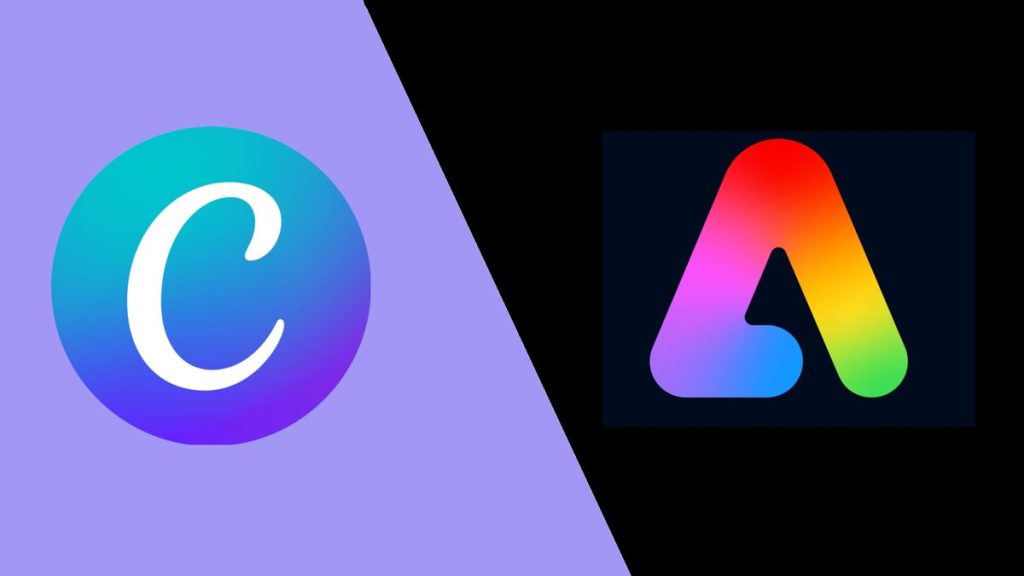In the ever-evolving landscape of digital content creation, video editing has become an indispensable skill for individuals and businesses alike. With the rise of social media platforms, the demand for visually engaging video content has surged, prompting the development of a myriad of video editing tools and platforms. Two prominent players in this arena are Adobe and Canva, each offering distinct approaches to video editing. Let’s delve into a comparative analysis of Adobe’s video editing tools and Canvas video editing platform to understand their unique strengths, features, and suitability for different users.

Adobe: The Industry Standard for Professional Editing
Adobe has long been synonymous with professional-grade software solutions for creative professionals, and its suite of video editing tools exemplifies this legacy. Adobe Premiere Pro, the flagship video editing application, is renowned for its robust feature set, advanced capabilities, and industry-standard workflows. Here’s a closer look at what Adobe brings to the table:
1. Comprehensive Feature Set: Adobe Premiere Pro offers a comprehensive array of editing tools and functionalities, including timeline-based editing, advanced color grading, audio mixing, visual effects, and seamless integration with other Adobe Creative Cloud applications.
2. Professional-Grade Capabilities: Designed for professionals and enthusiasts alike, Adobe Premiere Pro provides the flexibility and precision required to tackle projects of any scale and complexity, from short films and documentaries to feature-length movies and commercial productions.
3. Seamless Integration: As part of the Adobe Creative Cloud ecosystem, Premiere Pro seamlessly integrates with other Adobe applications such as After Effects, Audition, and Photoshop, allowing for a streamlined workflow and enhanced creative possibilities.
Canva: Simplified Video Editing for Everyone
Canva has gained popularity as a user-friendly graphic design platform that democratizes design and empowers individuals with limited technical skills to create stunning visuals. With the introduction of Canva’s video editing capabilities, the platform extends its reach to video content creation, offering a simplified approach tailored to beginners and non-professionals. Here’s what sets Canva apart:
1. User-Friendly Interface: Canva’s video editing platform features an intuitive interface that makes it easy for users with little to no video editing experience to create professional-looking videos. With drag-and-drop functionality, pre-designed templates, and customizable elements, Canva streamlines the video editing process and removes barriers to entry.
2. Template Library: Canva offers a vast library of pre-designed video templates for various purposes, including social media posts, presentations, ads, and more. These templates provide users with a starting point for their video projects, allowing them to customize and personalize content to suit their needs.
3. Simplified Workflow: Canva’s video editing platform simplifies the editing process by offering a curated selection of editing tools and features, focusing on essential functionalities such as text overlay, image and video insertion, transitions, and music integration. This streamlined workflow enables users to create professional-quality videos quickly and easily.
Choosing the Right Tool for Your Needs
When it comes to video editing, the choice between Adobe and Canva ultimately depends on the user’s skill level, specific requirements, and budget. Adobe Premiere Pro is ideal for professionals and advanced users who require the full suite of editing capabilities and the flexibility to tackle complex projects. On the other hand, Canva’s video editing platform is well-suited for beginners, casual users, and businesses looking to create simple yet impactful video content without investing in professional software or extensive training.
Conclusion
In conclusion, Adobe and Canva offer two distinct approaches to video editing, catering to different audiences and use cases. While Adobe’s video editing tools are synonymous with professional-grade capabilities and industry-standard workflows, Canva’s video editing platform provides a simplified, user-friendly solution tailored to beginners and non-professionals. Whether you’re a seasoned editor working on a high-budget production or a novice looking to create engaging videos for social media, both Adobe and Canva offer tools and resources to help bring your creative vision to life. Ultimately, the choice between the two depends on your individual needs, preferences, and goals in the realm of video editing.



